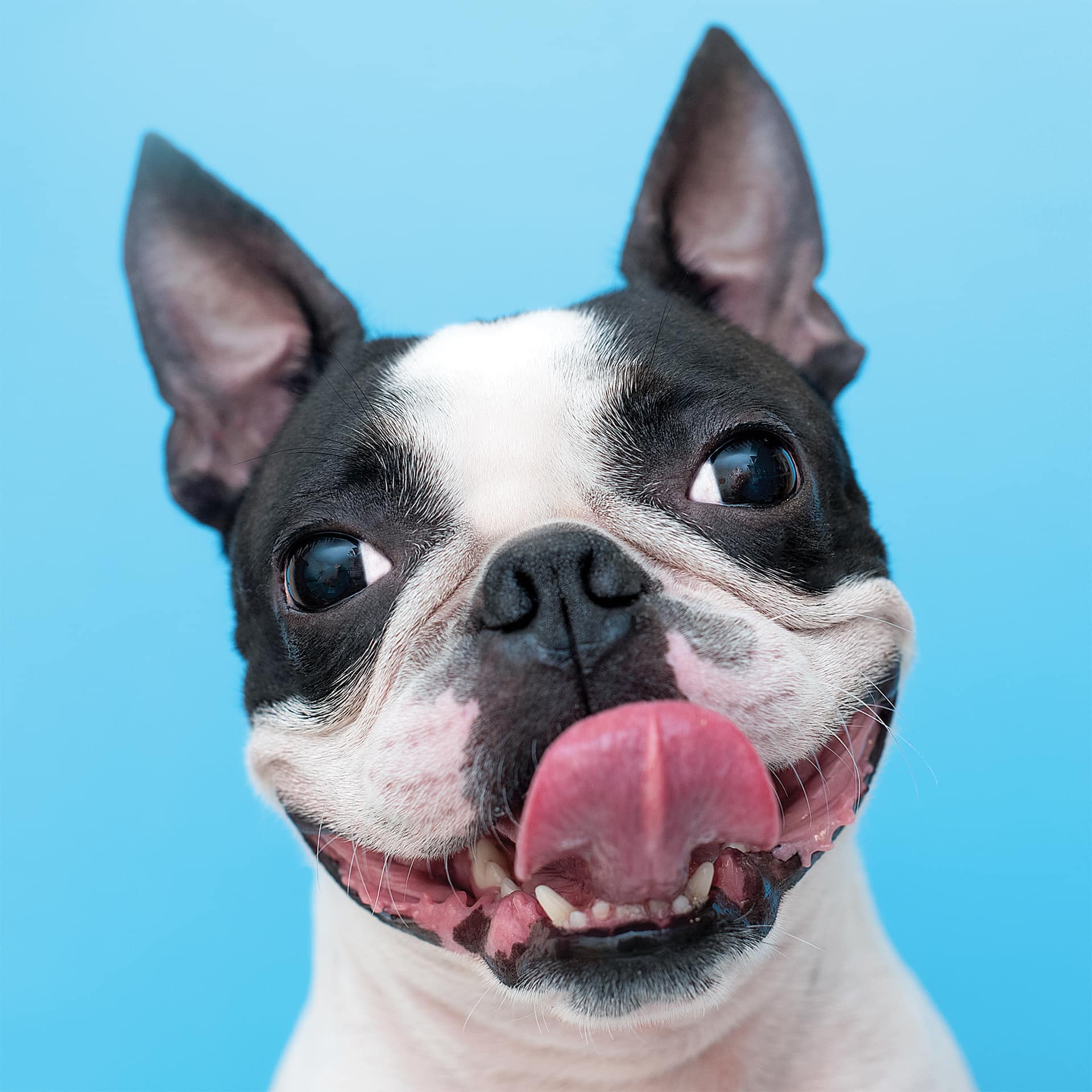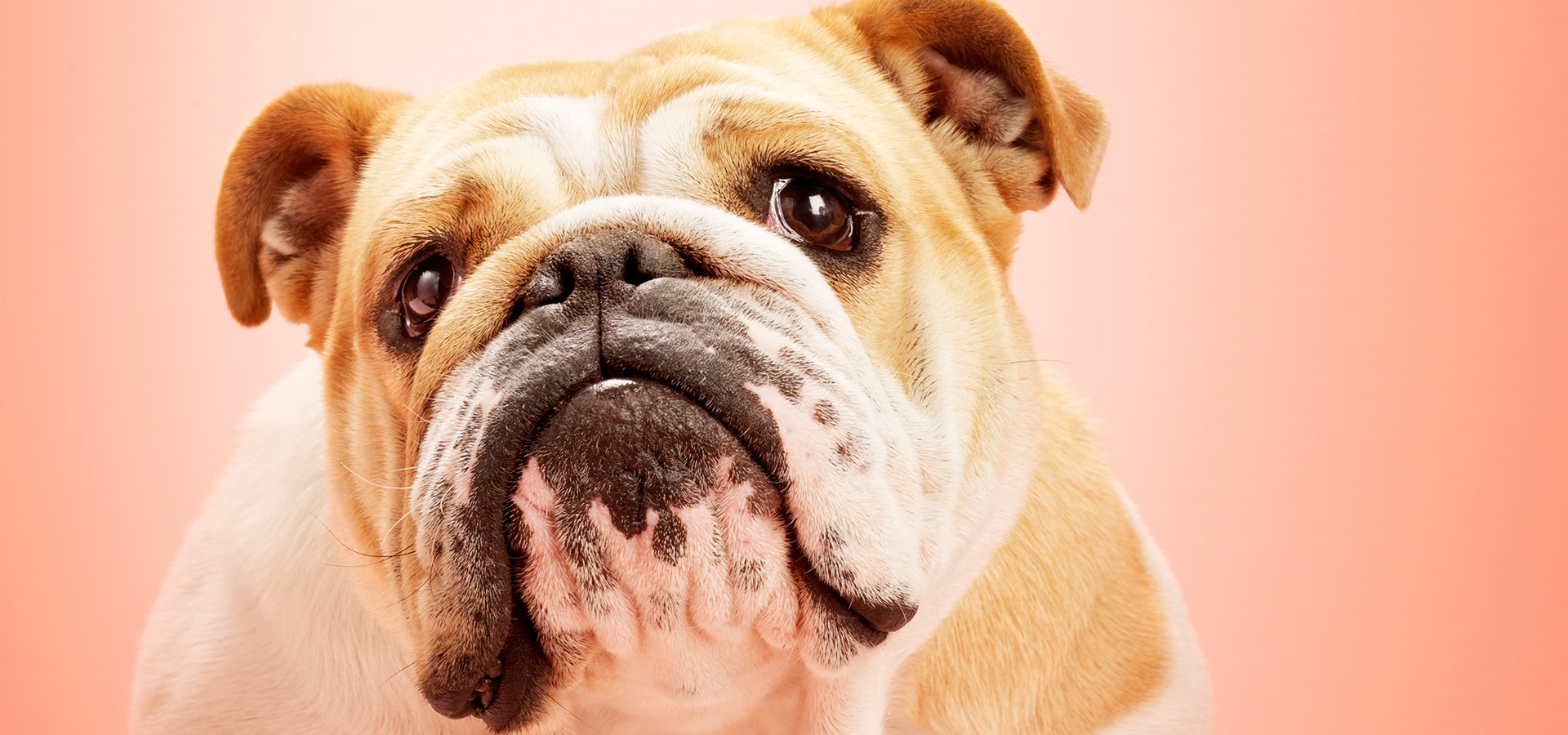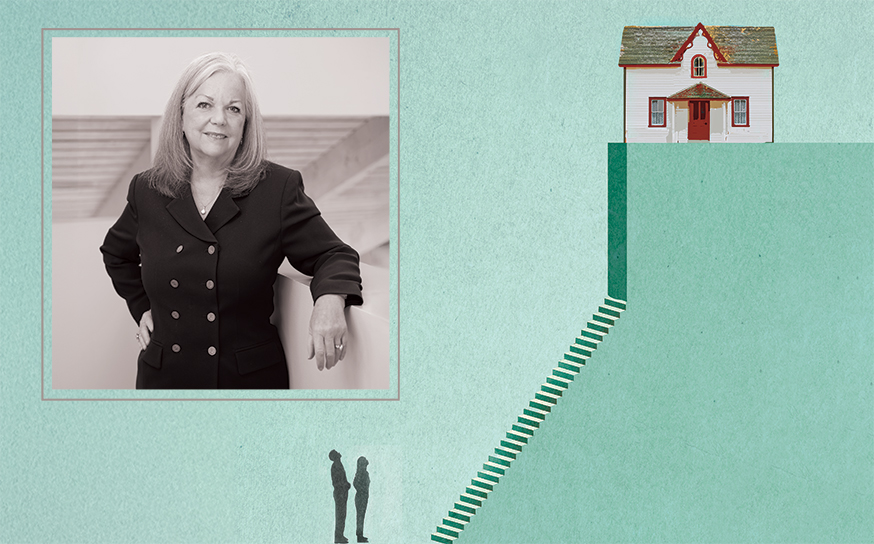What Dogs Really Want at Home
Hint: it’s not squeaky toys.
-
CategoryHomes
-
Written byAnne M. Russell
Most experts agree that what a dog wants most while at home is you, the alpha dog and pack leader. Suffice to say, most dogs have been thrilled over the past year of lockdown. But with more of us returning to our activities outside the home, this is a challenging time for canine companions, particularly those who were adopted during the pandemic and haven’t spent much time alone.
“Dogs are such social animals that when they’re left alone, many will get very anxious,” says Bear Thompson, DVM, who has 30 years’ experience as a small-animal doctor, the last 20 at Conejo Valley Veterinary Hospital. “And if they’re left indoors, they can get very destructive.”
Home Alone
Keeping a dog safe and happy around the house can be a complex effort, say canine experts, especially when you’re not there. For those especially curious about how their pet is faring when they aren’t home, Karen Sueda, DVM, Diplomate of the American College of Veterinary Behaviorists, and board-certified veterinary behaviorist at VCA West Los Angeles Animal Hospital, suggests using a home-surveillance system. “If you’re not sure if your dog is happy when he is alone, record or watch his behavior on a security camera,” she says. “Signs of distress include panting, pacing, barking, house soiling, destructive behavior, refusing to eat or drink, or difficulty settling or resting.”
Separation anxiety can also prompt a dog to escape to look for you. Dr. Thompson recalls the time his own dog broke out through a closed window in a desperate search. Luckily he only sat in the yard until Dr. Thompson returned home. He says the solution to minimizing separation anxiety is twofold: Train your dog to get used to your absence, and make your home more compelling for your dog. “Start with teaching sit and stay where the dog can see you,” he says. “Reward them. Gradually move up to longer distances and times. Eventually you work toward getting them to sit and stay while you go out the front door and then come back in.”
Let Me Entertain You
Another key for soothing a pet that isn’t used to being alone: providing entertainment. “You also want to outfit your home so it’s a ‘dog Disneyland,’ says Annalisa Berns, a private investigator who runs Pet Search and Rescue and has successfully tracked lost pets all over Southern California. “Anything that is enjoyable and enticing and stimulating to your pet is going to incentivize them to stay close to home,” she says.
Among other enrichment toys, she recommends a snuffle mat, which is a rubber mat with strips of fleece attached. The mats keep dogs engaged as they search for small food treats you’ve buried among the fleece strips. She also likes the Kong dog toys or other refillable chew toys that can be stuffed with frozen peanut butter.
“Dogs’ separation anxiety peaks about 30 to 45 minutes after the owner leaves,” says Dr. Thompson. “So you want something that’s going to last that long.”
You may also want to leave the TV or music on, suggests Linda Michaels, M.A., dog psychologist, top-rated trainer and author of Do No Harm Dog Training and Behavior Manual. “Some dogs do watch TV, but tune it to a cooking or shopping channel where nothing bad happens.” If the programming is loud or violent, it can have the same bad effect on your dog as sirens or explosions outside.
If you’re going to be gone for more than four or five hours, she advises that you have a friend or dog walker come to play with and take your dog for a walk. Dogs need regular, suitable exercise. Remember, one of the greatest benefits of taking your dog for a walk is providing the opportunity for sniffing and experiencing novelty. Dogs need novelty in their lives, just like we do.”
In the Doghouse
Like toddlers, dogs also need a place for quiet time, so experts advise creating a special spot that belongs just to your dog. If you have the space, it can be a whole room dedicated to your pet, but a crate, a dog bed, or a trendy dog teepee will suffice. “Dogs like having a safe haven,” says Gayle Grasmehr, DVM, of the Tarzana Pet Clinic. “It’s good for them to have a place where they can get away and be alone if they want.”
The key is teaching your dog that his space is a secure, calm, happy place, which means that you should never close your dog into a crate as punishment. When you’re first getting him oriented to his personal spot, reward him with treats.
Dogs also need their own designated outdoor spaces where they can play and just be, as opposed to designated places where they are supposed to take potty breaks. For those who have a yard, Michaels recommends creating a garden area just for your dog. “Provide textures such as ornamental grasses, cedar chip paths, a bed of hay, and rock slabs for sunning, as well as shaded areas,” she suggests. “Include nontoxic plants for sniffing and eating like chamomile and lavender for calming, rosemary and mint for sweet breath, and barley grass for digestion. Leave space around the perimeter enclosure for your dog to run laps.”

“Anything that is enjoyable and enticing and stimulating to your pet is going to incentivize them to stay close to home.”
Who Let the Dogs Out?
No matter what you buy for your pet or how appealing you’ve made your backyard, none of it will work without the actual pet. So a word to the wise: Get your dog microchipped by your vet and keep your registry information current. A dog with accurate ID has a better than 60% chance of recovery. Without it, that drops to about 33%.
Berns, whose 15-year career revolves around finding lost pets, warns, “Humans get lulled into a false sense of security with our dogs. We think that because nothing bad has ever happened, it will never happen.” But dogs go missing every day. She cites moving day, new adoptees or fosters, car accidents, camping trips and simple human carelessness as high-risk runaway situations.
“Any dog can run away, especially when scared,” says Dr. Grasmehr. One of the easiest modifications you can make to your home, she says, is to have a double-gate system, so that even if one backyard gate is left ajar, a second one is there to stop your dog from taking off. Dogs that haven’t been neutered are also more likely to heed the call of the wild and go adventuring, she adds. They are also a higher risk for biting, Dr. Grasmehr warns.
Likewise, if you’ve built an outside run for your dog, consider making it fully enclosed. “I’ve seen dogs climb 8- to 10-foot chain-link fences,” warns Dr. Thompson. Another reason to make it fully enclosed: to protect your dogs from coyotes. You may think you can turn your back when your dog is out playing in a dog run or taking a midnight bathroom break, but coyotes have no problem scaling fences of 10 feet—and higher.
The “Bad Breed” Myth
Are there really dog breeds you shouldn’t have in the home? No, agree all the experts, but you should do your research very carefully as well as observe your individual prospective companion. “Any breed can have members who are bad players, and previous experiences certainly play a role in an individual dog’s behavioral issues,” says Dr. Thompson. “Beyond that, though, there can be inbred traits that some owners might not be aware of, and those traits might make some breeds more of a challenge as the family pet.”
“Beagles and hounds, for example,” says Dr. Thompson, “were bred to bark. They’re meant to be loud. If you’re getting a beagle and you want it to be quiet, you’ve got a lot of work ahead of you.”
The bottom line to a living with a happy dog, says Dr. Grasmehr, is recognizing that dogs, like people, are all different. “Each dog is an individual. They all have different personalities, quirks, and anxieties. You need to know your own individual dog and act accordingly.”

Shopping List
Annalisa Berns of Pet Search and Rescue, who has five dogs of her own, offers a few suggestions of items that can enrich a canine’s life.
Whistle GO Explore
A waterproof GPS-enabled tracker that attaches to your pet’s collar to identify its location. It also monitors fitness and health stats; $225, including annual $95 connectivity fee.
HoMedics Sound Machine
Nature sounds, like babbling brooks or ocean waves, are great for soothing a pet and for blocking outside noise; from $20.
Safe Dog ID
With no buckles or hardware, these soft neoprene collars prevent entanglement strangulation. Your phone number can be written across the entirety of the collar in permanent marker, so that it can be read at a distance should your dog wander; $10.
Snuffle Mats
An oversized, rubber sink mat with fleece strips knotted through the holes that you can hide treats and kibble in, essentially giving your dog a brain game that can keep him busy for hours.
Another Dog
Having a larger dog who can protect a small dog, or a calm dog to soothe an anxious one, can be a good idea. That said, choosing and introducing a new dog into your home can be a challenge, so do consult a trainer.
Join the Valley Community









